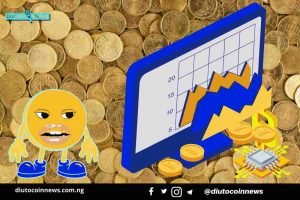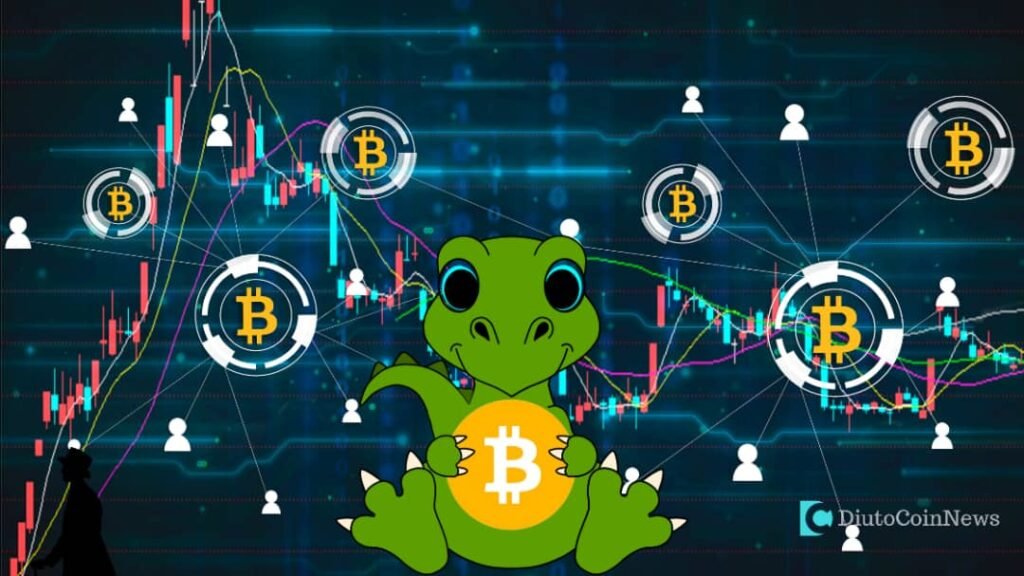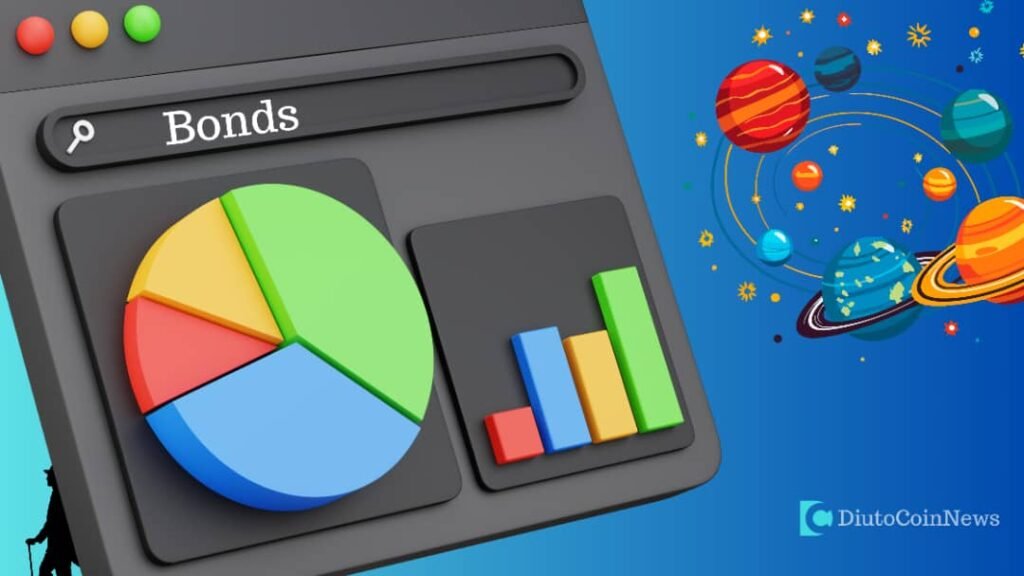Bitcoin Mining Explained
What is Crypto Mining:
Cryptocurrency mining is the process in which transactions between user A and B are marked valid and then added into the public blockchain ledger. The process of this cryptocurrency mining is also responsible for introducing new coins into the already existing circulating supply.
Cryptocurrency mining also is one of the key features that allow cryptocurrencies to function as a peer-to-peer decentralized network, without the need for a third party or a central authority unlike the traditional way of printing fiat money.
Let’s take a look at this clearer example. We will use our traditional banking system to make an example. Now we have Central Bank of Nigeria for example. This bank prints money everyday and circulates it around. So to say it’s the only body or financial institute authorized to print fiat money.
Now, this money goes around to other bank branches or other licensed financial institutions like First Bank of Nigeria, Guaranty Trust Bank etc. So now these other financial institutions helps in processing bank transactions for citizens and collect fee charge for doing this.
Cryptomining Explained In Relation to Banking System:
Now in cryptomining, these banks are known as mining nodes. The only difference is that while the banks(node) need license, these cryptocurrency nodes don’t need license. They are also not controlled by any central authority like the Central Bank of Nigeria controlling other banks.
No criteria is required to be node when you have the equipments and have the knowledge needed to set up a new cryptomining node.
How New Coins Are Created:
Those fees charged by GTBank to process your transactions (cryptomining) are what we call transaction fees in cryptomining. These fees and new money known as new coins that are created by those nodes (banks) involved are taken as their cryptomining reward and are being put into the existing circulation.
How Transactions Are Confirmed or Verified:
So now when GTBank processes a transaction, it gets a network broadcast to all other banks via your BVN. With your BVN all banks can access your banking details and transaction history from the operating bank. If it doesn’t get approved or confirmed it is rejected.
So in cryptomining, when a node gets a network broadcast through a new signed transaction record, it notifies all other node miners. Once confirmed they go into the next transaction record. If not confirmed, it will be rejected.
However, sometimes two node miners broadcast a valid block (transaction record) at the same time and the network ends up with two competing blocks. Miners will go over to the next new block based on the block that comes first.
The competition between the two blocks will go on until the next block is mined which is based on either one of the competing blocks. The block that gets drooped is called an orphan block. The miners mining this block goes back to mining the chain of the winner block.
So now, you know what is cryptomining and when someone tells you they make money mining a cryptocurrency, what would you ask them? You might ask what is the name of the cryptocurrency you are referring to? What is the use case?
There is a lot of cryptocurrency mining scams out there promising a percentage return on your coins. There is literally few mining platforms offering cryptomining investment opportunities.
Possible Ways To Identify Cryptomining Scams:
- A coin being mined without offering any utility.
- There no public listing on cryptocurrency trading exchange.
- Offering a high profit percentage within a short period.
- No website and solely created for mining.
Bitcoin Mining:
Bitcoin is the most popular and best example of a mineable cryptocurrency. Moreover, it’s not all cryptocurrencies that are mineable. Bitcoin mining is based on a consensus algorithm called Proof of Work.
How does it work?
Bitcoin mining is the process of adding transaction records to Bitcoin’s public ledger or public blockchain of past transactions. This ledger of past transactions is called the block chain as it is a chain of blocks (transaction records). The block chain helps to confirm transactions to the rest of the network node miners that it has taken place.
Bitcoin nodes use the block chain to avoid double spending and distinguish legitimate Bitcoin transactions from fake ones. It also helps to avoid any attempt to re-spend coins that have already been spent somewhere else.
Mining Pools:
The Bitcoin mining block reward is awarded to the miner who finds the valid hash first. The probability of finding the hash is equal to the portion of the total mining power on the network.
Miners with a small percentage of the Bitcoin mining power will likely find the next block on their own. Mining pools are created to solve this problem. It simply means pooling of resources by various small scale miners.
These small scale bitcoin miners share their processing power over a network. They split the reward equally among various node in the pool, according to the amount of work contributed to the probability of finding a block.
Why not Join the largest cryptocurrency group in Nigeria now on telegram via https://t.me/diutocoinnews!
Written By Stephen Voski — Binance Campus Ambassador
Discover more from DiutoCoinNews
Subscribe to get the latest posts sent to your email.














